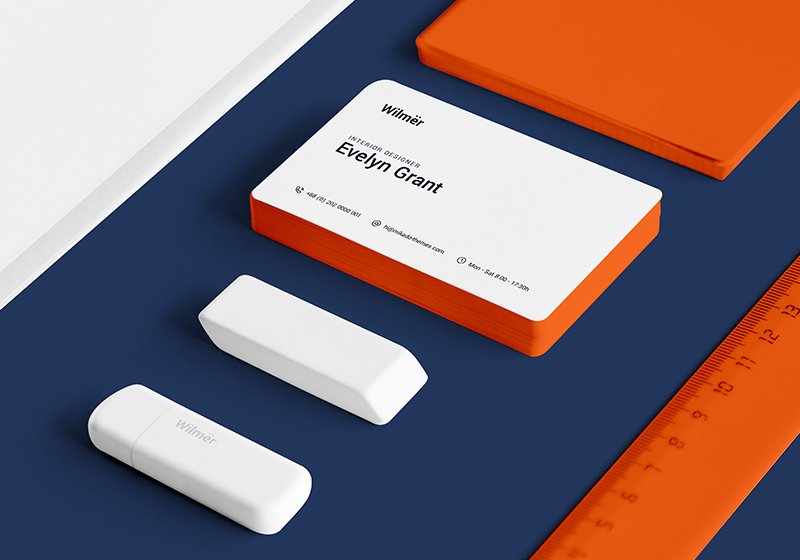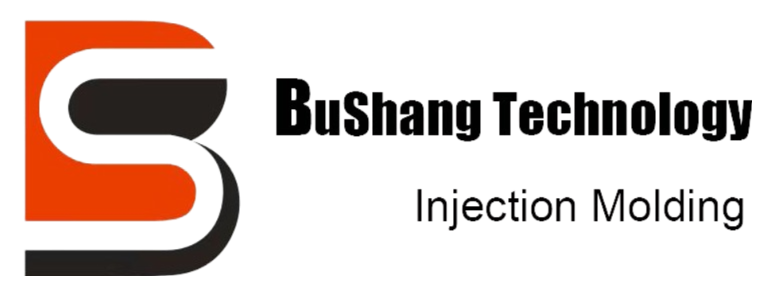
1. What is Injection Molding?
+
Injection molding is a manufacturing process used to produce parts by injecting molten material, typically plastic, into a mold cavity. The material cools and solidifies, taking the shape of the mold, resulting in the production of a wide range of intricate and precise components.
2. What Materials Can be Used in Injection Molding?
+
Injection molding supports a variety of materials, with plastics being the most common. Other materials include metals, elastomers, and thermoplastics, offering versatility for different industry applications.
3. What Are the Advantages of Injection Molding?
+
The advantages of injection molding include high production rates, precision in complex part geometries, repeatability, and the ability to use a wide range of materials. It is a cost-effective method for large-scale production.
4. How Does the Injection Molding Process Work?
+
The process involves melting the chosen material, injecting it into a mold, and allowing it to cool and solidify. The mold is then opened, and the finished product is ejected. This cycle is repeated for mass production.
5. What Types of Products Can be Made Using Injection Molding?
+
Injection molding is versatile and can produce a vast array of products, including consumer goods, medical devices, automotive components, electronic parts, and more. Its adaptability makes it suitable for various industries.
6. How Precise is Injection Molding?
+
Injection molding is known for its precision. Modern machinery and technology ensure high accuracy and repeatability in producing complex and intricate parts with tight tolerances.
7. Are Prototypes Possible with Injection Molding?
+
Yes, injection molding is used for prototyping. Rapid prototyping allows for quick and cost-effective testing of designs before full-scale production, saving time and resources.
8. What Factors Affect the Cost of Injection Molding?
+
Several factors impact the cost, including the material chosen, part complexity, tooling expenses, production volume, and the type of injection molding machine used.
9. Is Injection Molding Environmentally Friendly?
+
Injection molding can be environmentally friendly, especially when using recyclable materials. It produces minimal waste, and the scrap material can often be recycled.
10. How Do I Choose the Right Injection Molding Partner?
+
Selecting the right partner involves considering their expertise, technology, quality assurance processes, project management capabilities, and their ability to meet your specific customization and production needs.
